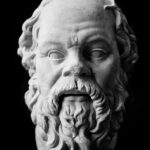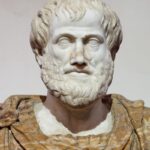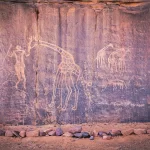In this article, we will look at the importance of music to the Romans, the occasions during which music could be heard, and what it sounded like.
Features of Roman music
Early Romans sang at feasts, and often, their song was accompanied by a tune on a pipe. These songs, called carmen, were sometimes performed by a choir at such banquets, and there was a song for each celebration. As for instrumentation, Roman music was largely monophonic: it consisted of a single melody line, with no harmony. The Romans were particularly fond of the combination of dance and music in the form of pantomimus, in which a masked dancer acted out a story to wind and percussion music and a choral narrative.
Occasions where music was present
Music was an important part of social gatherings, entertainment, and religious activities. It was also an integral part of military operations and public ceremonies. In the theatres, the expressive art form of pantomimus was accompanied by a small band of musicians. Ancient Romans played music to their many gods and they also organised festivals in which music played an important role.
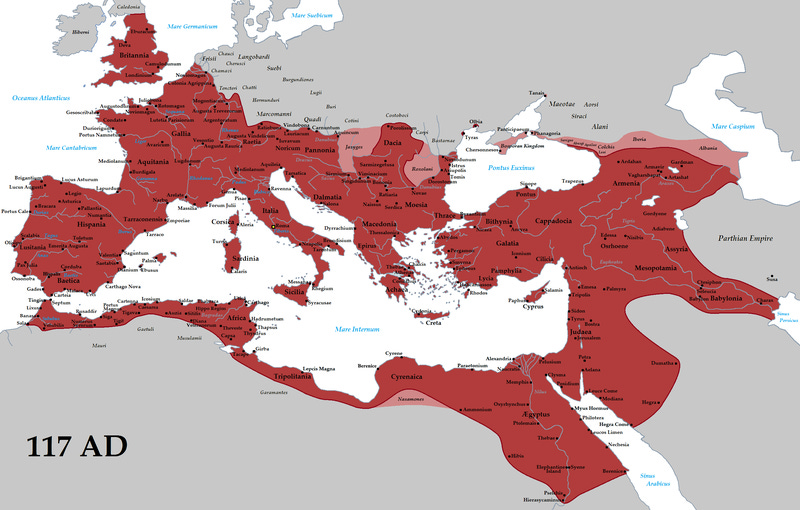
Instruments played in Ancient Rome
The Romans used a variety of musical instruments, including wind, string and percussion instruments. The tibia was a woodwind instrument similar to the Greek aulos. It was like a pipe flute. Other wind instruments included flutes and horns of various kinds. Brass horns were often used by soldiers for signalling purposes.
The lyre, considered the oldest Ancient Roman instrument, the harp and kithara were the strings of choice and the drum, tambourine and cymbal constituted the main percussion instruments of the time.
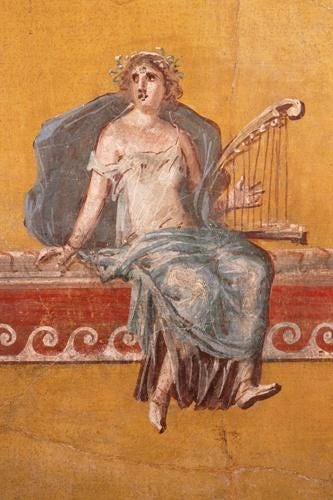
The Greeks often chose a single instrument as accompaniment to song or celebration. The Romans, however, developed a fondness for the sound of several different instruments played together.
The roots of Roman music
Roman music, for the most part, was born out of Greek musical traditions. The Romans adopted key Ancient Greek methods in melody and rhythm, in fact, Roman music was indistinguishable from what could be heard in any Hellenistic (Greek) city.
It is interesting to note that most of the Roman musical vocabulary came from the Greek, with the exception of the following three woodwind instruments: the Roman tibia, tuba and lituus (a curved trumpet).
The influence of the Etruscan peoples of ancient Italy was also not insignificant in the evolution of Roman music. And as the empire expanded, it assimilated musical traditions from the many cultures it conquered and integrated into itself.
The Greek attitude to music
Although the key features and characteristics of music were largely similar between the Greeks and Romans, their respective attitudes towards music was vastly different.
We can read in Plato and Aristotle’s writings that music was considered to have a high and noble role in the moral development of the individual. In education, music was seen as just as important as moral literature in its contribution to goodness of the soul, forming character and virtuous behaviour.
The importance of music to the Romans
The Roman attitude to music was quite dissimilar from that of the Greeks. Music was accepted as an amenity. And in the writings of the great Roman philosophers Cicero, Seneca and Quintilian, we see no discussion of music comparable in tone or extent to that of the great Greek philosophers Plato and Aristotle.
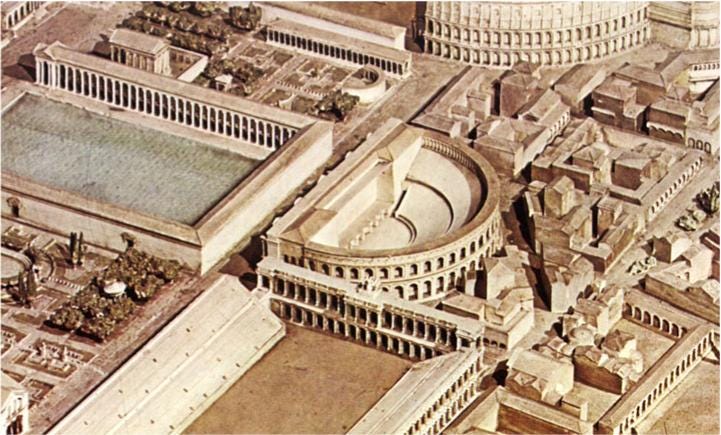
Roman music enjoyed growing status during the Imperial period (31 BCE – 476 CE), influenced by Greek traditions. It came to be seen as a sign of intelligence to be able to play a musical instrument. There were an increasing number of contests and music festivals under emperor Nero. Professional musicians would receive training and receive substantial fees, and prizes were to be won which were a great source of pride. Odeums, theatres for music and poetry, were built in which these competitions took place. The Odeum of Domitian was built in 106 CE, and was large enough to seat an audience of 11,000 people.

